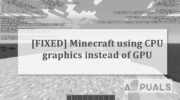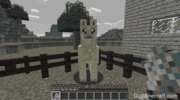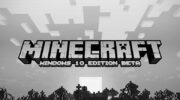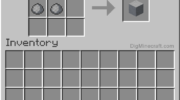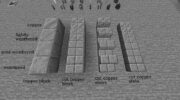Samurai has developed a new version of the famous “Minecraft” game, which can run on its processor. This unique feature allows you to play this game with your computer or any other compatible device. In addition, Minecraftception can run on its server, so you can play it anywhere without worrying about needing a computer. The following are some features of Minecraftception.
Chungus 2 processor
The Chungus 2 processor in Minecraft is a simulated 8-bit processor with a one-hertz clock speed and 256 bytes of RAM. This processor works by using the Minecraft physics engine to mimic the structure of an actual processor. This CPU can handle simple 2D games and simulate a graphing calculator.
The Chungus 2 is an upgraded version of the original Chungus, which had a single processor with 256 bytes of RAM. It can display Minecraft at a resolution of 96 x 96 pixels. In addition to its enhanced graphics capabilities, the Chungus 2 also has a custom AMOGUS graphics processor, which stands for Absurdly Massive Operator of Graphics. It can even play Tetris with a 32×32 resolution!
The Chungus 2 processor was built by a Minecraft player named Samurai. It’s not the first 8-bit microprocessor built into the game, but it’s the most ambitious. The processor’s architecture consists of a RISC processor with three operands. It runs at 1 Hz and has a 10-tick clock.
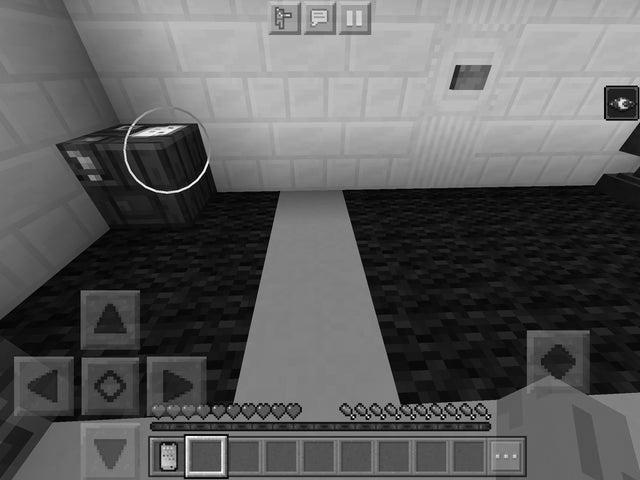
Samurai has spent seven months building the Chungus 2 processor, which may be the largest ever built in Minecraft. It’s the brain of the game. It uses the physics engine to recreate the structure of an actual processor. Besides Redstone dust, the processor also uses pistons, repeaters, and levers and is made up of blocks a virtual meter long on each side. As a result, a Minecraft Chungus 2 processor would be nearly as tall as a skyscraper.
Redstone circuitry
In Minecraft, Redstone circuitry is used to create structures and mechanisms in the game. These structures are beneficial in the game since they can be used to develop automatic doors, traps, and more. The circuits can react to player or non-player activity to produce various effects. These structures can also be used to build automatic weapons.
There are two main types of Redstone circuitry: AND gates and NOT gates. While the AND gates are usually shown as individual devices, they are a collection of blocks and components that act together to produce the desired effect. For example, a NOT gate turns on if its input is off, and an OR gate turns on if all of its inputs are on. Likewise, a NOR gate turns a light on and off based on a series of information.
You can also use repeaters to redirect Redstone signals. Repeaters are helpful because they allow you to isolate different circuit parts. If you’re trying to make a long circuit, you can place a repeater on one side of the course. This way, the signal will not be split between parallel Redstone wires.
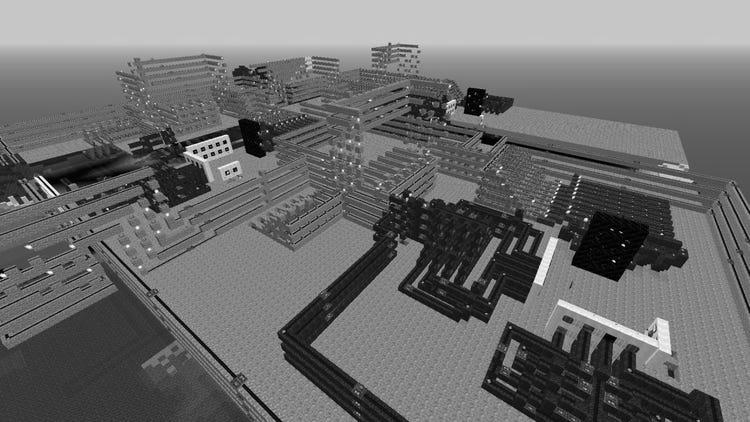
Piston circuits work similarly. The only difference is that the power source is placed diagonally or two blocks above the piston. Pistons allow you to create courses of any size, making it possible to power entire structures. And they can be made out of cheap materials.
Redstone circuits can be used to create many different kinds of structures. These structures can vary from simple to complex and can be combined to form larger structures. Some Redstone circuits can be connected to make a clock. The main goal of Redstone circuits is to reduce the delay and use of costly components.
Redstone is an essential component of Minecraft and can be used to make various gadgets. For example, you can tie a button to a door, create a trapdoor, or build an elevator. You need a power source, a gadget, and a Redstone line to use the circuit.
An observer tower can be used to power a Redstone circuit above or below it. In this way, you can make it respond to a Redstone signal. This allows you to measure how many mobs are sitting on top of it. This is an essential component in Minecraft mob farms and can also help detect the weight of an entity.
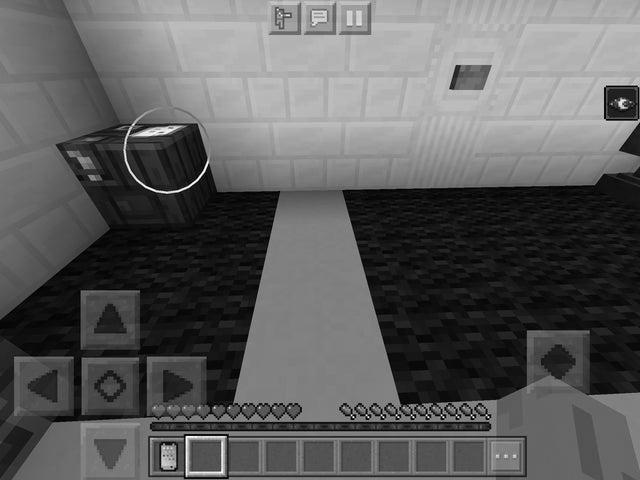
Redstone dust is one of the essential materials in the game. Its glowing red color means that it has power. It can simultaneously power up to six other blocks when connected to a Redstone ore block. One block that Redstone can power is a Redstone torch, which powers up itself and the block directly above it.
Sammyuri’s version of “Minecraft.”
If you’ve played “Minecraft” for any length of time, you’ve probably noticed a significant difference between Sammyuri’s version of the game and the original. Unlike the original, Sammyuri’s version is not made from blocks but entirely of Redstone, a substance that runs through the game in shades of brown. While pictures can’t convey the full effect, a video of Sammyuri’s demo will give you a good idea of what’s happening.
Samurai developed his version of the game in collaboration with Uwerta and StackDoubleFlow. They spent seven months upgrading the Chungus 2 to run “Minecraft” at the highest resolution possible. The computer has 256 KB of RAM and an “AMOGUS” graphics processor. Despite the limitations, this emulator can play “Tetris” in a resolution of 32×32 pixels.
While computer chips are small and straightforward, the brains that run them are highly complex and have to remember physical principles. The Chungus 2 is a powerful computer chip that simulates an eight-bit processor with a one-hertz clock speed and 256 bytes of RAM.

